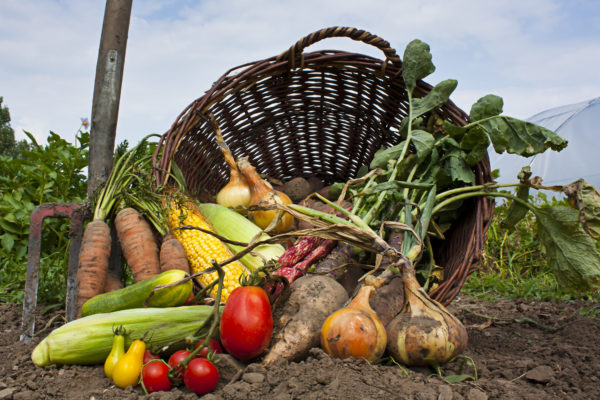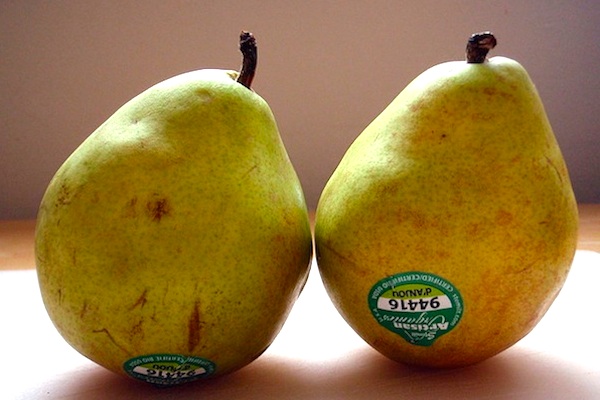A new study from the Journal of Consumer Research is disproving some long held theories about how people make changes in what they shop for in the produce aisle. Researchers followed 8,700 consumers for 20 months, using information gleaned from a customer rewards service at a huge Dutch retailer. It has generally been assumed that people start with one organic product—most commonly, organic milk. They may then take the next step up, but it’s a fairly long journey from one product to the next. Actually, it’s an incredibly smooth transition.
Continue reading... →If you’re unsure about the nature of supermarket produce, here’s the giveaway. Some people have strict standards about eating organic fruits and vegetables. Some supermarket produce sections are poorly labeled or in enough disarray that knowing what was grown in which way can be challenging. If either of these fates have ever befallen you, meet your friend, the PLU sticker. PLU (or Price Look Up) codes are the 4- or 5-digit numbers on produce stickers that have been used by supermarkets since 1990. They represent a globally standardized system implemented by the International Federation for Produce Standards (IFPS), a group of national produce associations from around the globe. While the long-term objective of the organization is to improve the supply chain efficiency of the fresh produce industry, consumers can glean information from the codes as well. The PLU number indicates produce items based on a number of factors such as commodity, variety, growing methodology (e.g. organic), and size. Numbers are assigned by the IFPS after rigorous review at both national and international levels. The system is based on 4-digit codes that are within the 3000 and 4000 series. The numbers are assigned randomly, that is, each digit does not imply […]
Continue reading... →
